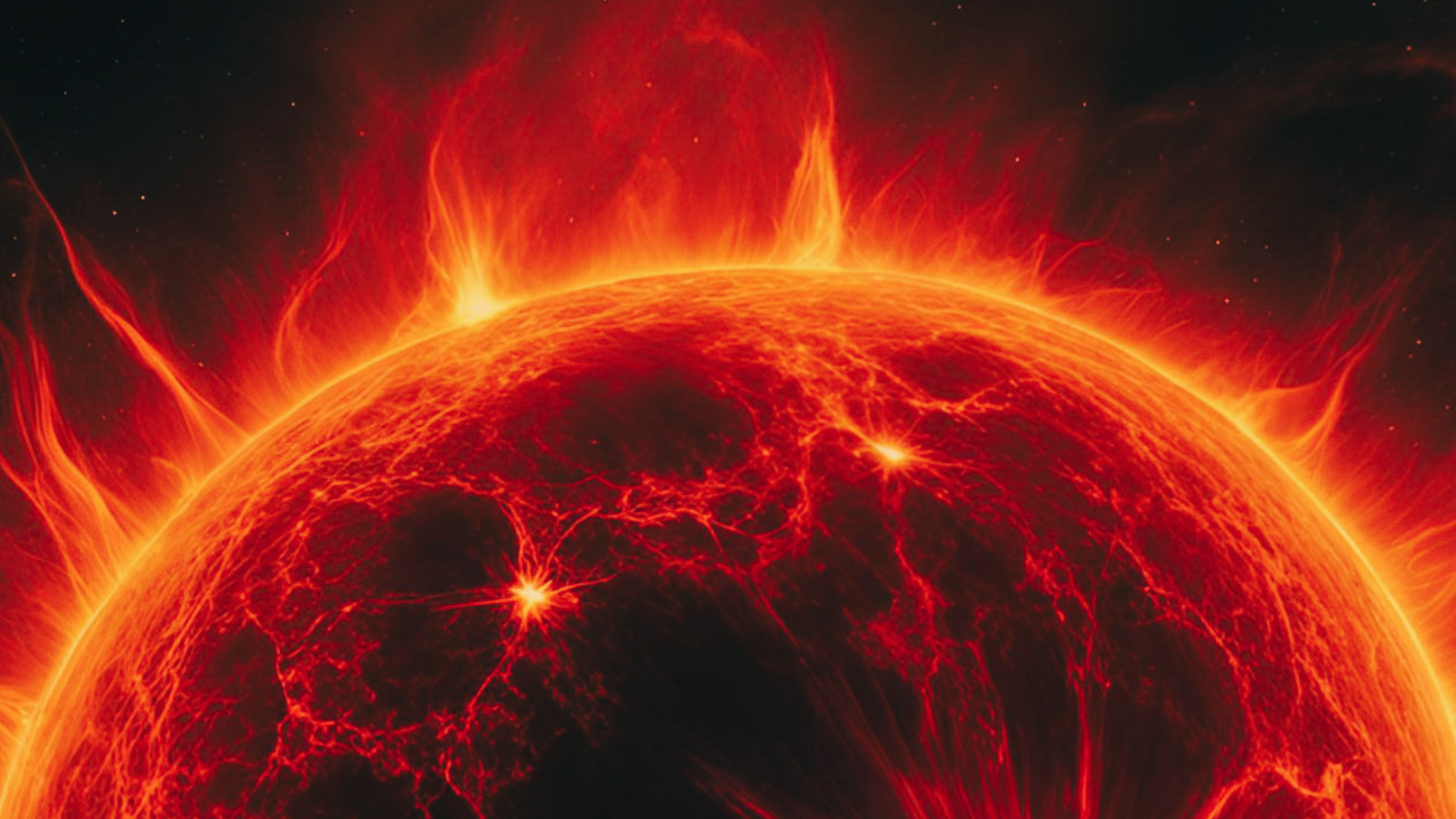Private Moon Trips Forecast
ARLINGTON, Virginia- The day of private-sector spaceships leaping from low Earth orbit to the Moonis not too far off.
That's the vision of Peter Diamandis, Chairman and ChiefExecutive Officer of the X Prize Foundation. He was the sparkplug behind the$10 million Ansari X Prize claimed last year by the back-to-back flights to theedge of space by the piloted SpaceShipOne - built and backed by private funds.
In early October, Diamandis is leading the "Countdown to theX Prize Cup" - a showcasing of the emerging personal spaceflight era, to beheld in southern New Mexico.
"For the first time ever...the power to go to space is nowresident within the hands of individuals, not in the hands of governments,"Diamandis explained before an audience attending the closing ceremonies of the24th International Space Development Conference (ISDC), held hereMay 19-22, and sponsored by the National Space Society.
Bee-linefor the Moon
The personal spaceflight revolution now underway is spawninga suborbital travel market that will lead to passenger traffic headed into Earthorbit, Diamandis said. "In the next five to eight years we will have the firstprivate orbital flights occurring," he predicted.
Diamandis added that something very natural will happen whenprivate orbital flights arise. "When you're in orbit you are two-thirds of theway to anywhere," he said.
Breaking space news, the latest updates on rocket launches, skywatching events and more!
"I predict that within about three years of private humanorbital flights...you'll have the first private teams of people stockpiling fuelon orbit and making a bee-line for the Moon," Diamandis said.
"They'll not ask for permission...maybe cryptically hidingwhat they are doing...but there will be somebody making a bee-line to the Moon,"Diamandis said. The first private team to reach the lunar landscape will stakeout the ground. "They'll say this is ours. Stay away. I claim this for mycompany...my new nation," he said.
Millionairesand billionaires
Diamandis said that the wealth of individuals is rapidly increasingthanks to the evolving power of the Internet, and very shortly throughbreakthroughs in nanotechnology. Billionaires and multi-billionaires are makingtheir own future happen, he said.
"At the same time the number of millionaires andbillionaires are very rapidly increasingly...the price for getting into space iscoming down. We're at that crossing point right now," Diamandis said.
Once private operators routinely gain access to orbit, themomentum forward is unstoppable, Diamandis said. "We cannot depend upon on thegovernment to do this."
While wishing NASA and its new leader, Mike Griffin, goodluck, Diamandis said, the space agency is subject to Congressional start-stop,start-stop funding. The fact that there are four to six human flights to orbit a year "is pathetic...and patheticallysmall."
That many flights departing Earth per day will signal robust and economically viable public spacetransportation, Diamandis argued. "It is the time. It is the moment of ourcalling. We're at the point in history where the human race is coming off theplanet once and forever."
"We are the payloads of the future," Diamandis concluded.
Criticalstrategy
At a May 21 gala of the ISDC, held at the SmithsonianInstitution's National Air and Space Museum Steven F. Udvar-Hazy Center, Department ofTransportation (DOT) Secretary Norman Mineta also highlighted the emergingpublic space travel sector.
Utilizing the commercial sector is "a critical strategy" forthe future of the space in the United States, Mineta said, with commercialenterprises providing goods and services.
NASA needs low-cost, reliable space transportation totransfer both hardware and crew to the International Space Station, Minetapointed out. Similarly, as the United States looks to resume the exploration ofthe Moon and eventually sending crews to Mars, there is also the need forprivate sector launch capability, he said.
Groups such as Virgin Galactic and Space Adventures, Minetasaid, "are champing at the bit" to get the first tourists into space."Suborbital space will be the first step for some of these companies...butorbital tourism is the ultimate goal," he added.
"We have entered a new era where entrepreneurial spacebusinesses are being unleashed to do what American businesses do best: toinnovate, to create and to drive quality up and cost down to the efficienciesof the marketplace," Mineta said.
Newguidelines
Mineta said that he was enthusiastic about the Department ofTransportation's growing involvement in space, pointing to last year'slicensing of SpaceShipOne, the reusable launch vehicle. He also spotlighted thefirst inland spaceport license ever granted to a launch and reentry siteoperator in the United States- the Mojave, Californiaspaceport.
"More and more states are seeing the potential and workingto attract and develop new launch capabilities in their own states," Minetasaid.
In the offing, Mineta said, are new ground rules for theeager inventors who are pushing the boundaries of public space travel. Laterthis week, he said, a set of guidelines are to be unveiled by the AssociateAdministrator for Commercial Space Transportation within DOT's Federal AviationAdministration.
The guidelines "will shorten the time and lessen the burdenon launch vehicle developers much like the aviation community has forexperimental aircraft," Mineta said.
While his office has the responsibility to protect publicsafety, "our approach at the Department of Transportation is to allow thisindustry the freedom to develop, mindful that it is still in its infancy,"Mineta said.
LeonardDavid is SPACE.com's Senior Space Writer.

Leonard David is an award-winning space journalist who has been reporting on space activities for more than 50 years. Currently writing as Space.com's Space Insider Columnist among his other projects, Leonard has authored numerous books on space exploration, Mars missions and more, with his latest being "Moon Rush: The New Space Race" published in 2019 by National Geographic. He also wrote "Mars: Our Future on the Red Planet" released in 2016 by National Geographic. Leonard has served as a correspondent for SpaceNews, Scientific American and Aerospace America for the AIAA. He has received many awards, including the first Ordway Award for Sustained Excellence in Spaceflight History in 2015 at the AAS Wernher von Braun Memorial Symposium. You can find out Leonard's latest project at his website and on Twitter.
